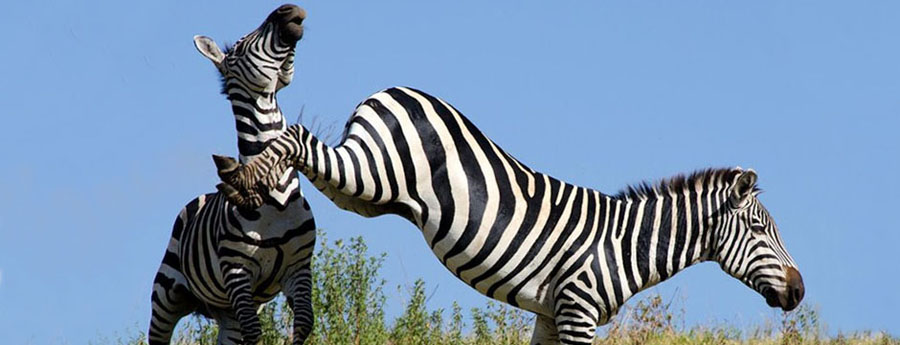

Visual cues may be less informative in habitats with low visibility or when faced with cryptic predators. A predator that is feeding or courting, for example, would pose less of a threat than a predator that is approaching and looking directly at its prey. For example, prey may be able to visually identify a predator based on its shape, size, and color, and can use the predator's behavior to determine the immediate threat that it poses. Other visual cues, including an animal's size and behavior, can provide specific information about the identity and intention of a potential predator. Visual - As mentioned above, many animals respond to generic visual cues, such as the presence of a novel object or sudden movement. Prey can rely on a variety of sensory modes to detect these predator cues, including visual, chemical, auditory, and tactile senses.Ī. These can have additive effects, with animals being more likely to respond if a greater number of cues are detected, as this provides a more reliable indication of a predator's presence and identity.

Many species rely on the presence of multiple cues to accurately assess the level of threat. Animals can respond to general cues of the presence of a predatory threat, such as sudden movement or the presence of a looming object, or to species-specific cues, such as scent or appearance, which allows them to distinguish between predatory and non-predatory species. Some captive breeding programs expose animals to predatory cues in captivity to teach them to respond to these predators after release in the field, increasing their survival rates.

This can be innate, for example, animals can identify predators as a threat even if they have never encountered them before, or learned only after exposure to a predatory threat. The ability to recognize predator cues is essential for the initiation of antipredator behavior. In order to effectively avoid and respond to predation, animals must first identify the presence of a potential predator.


 0 kommentar(er)
0 kommentar(er)
